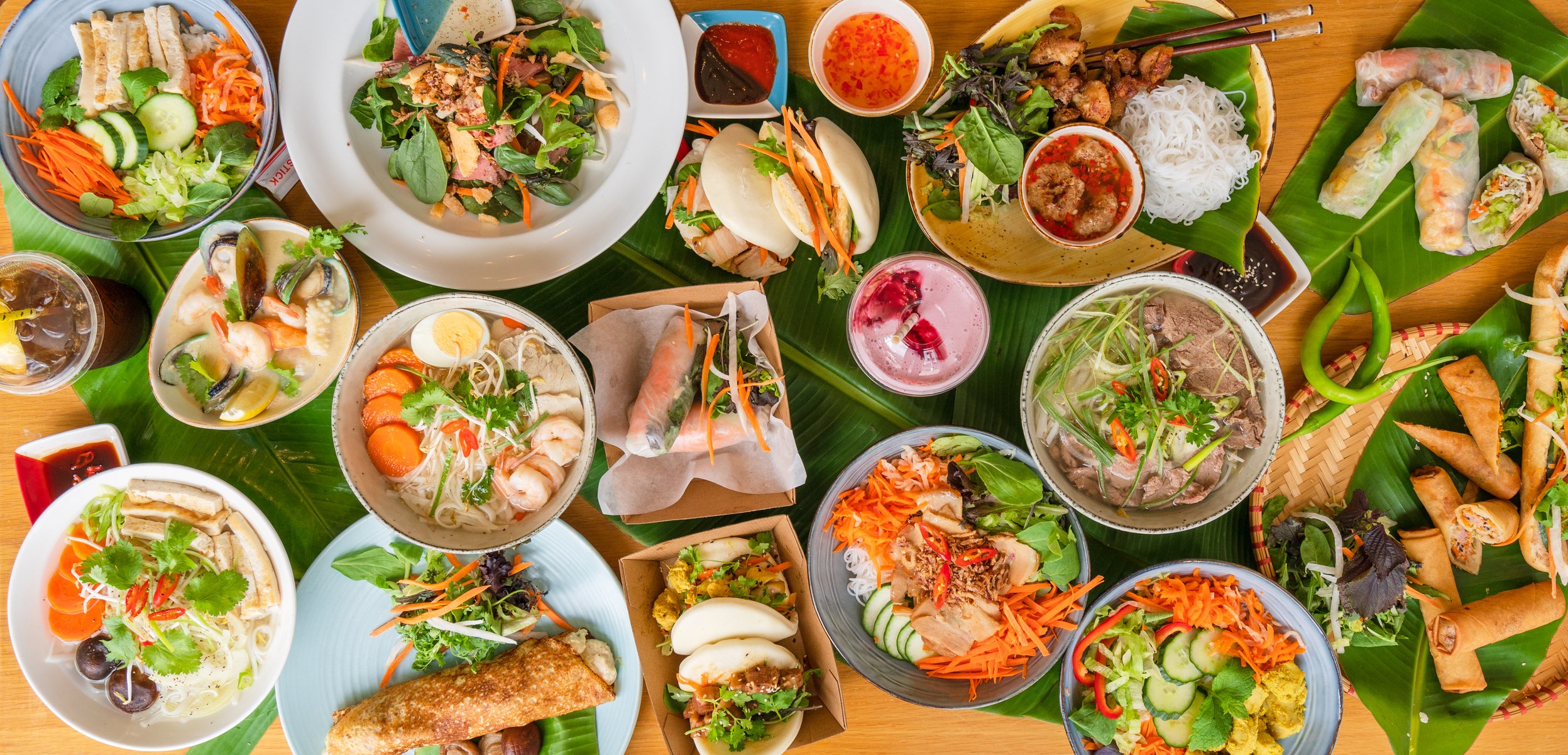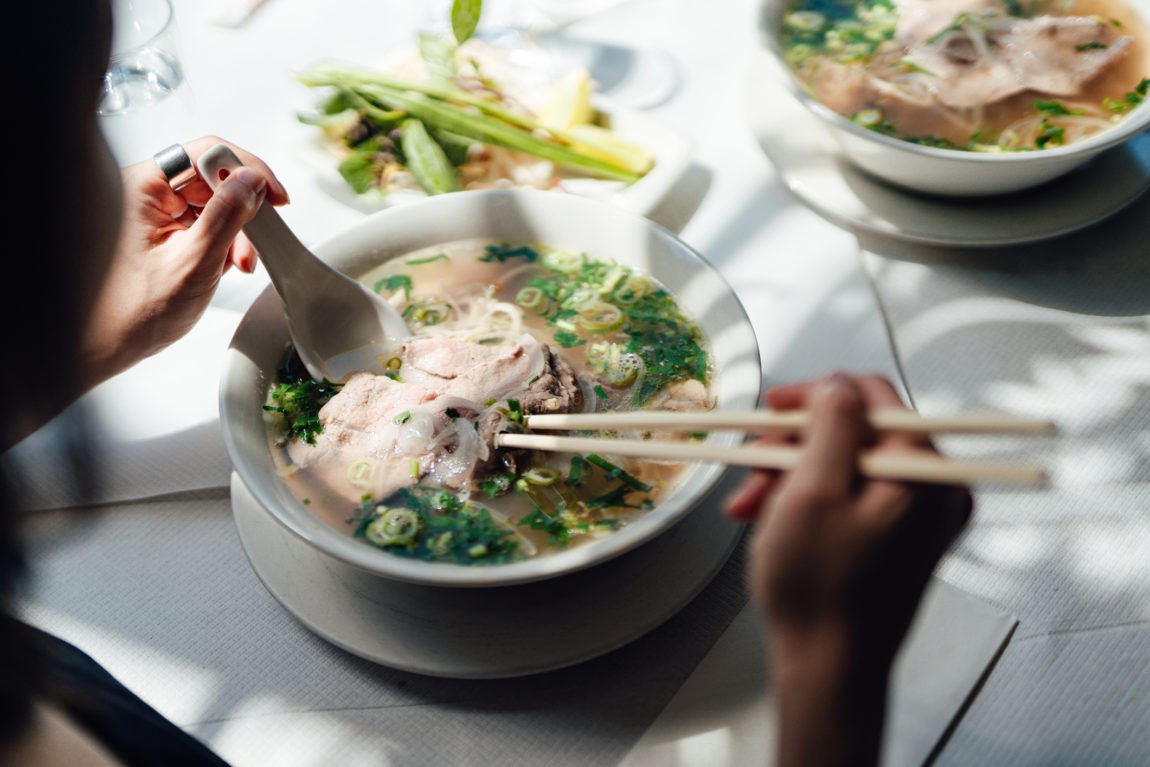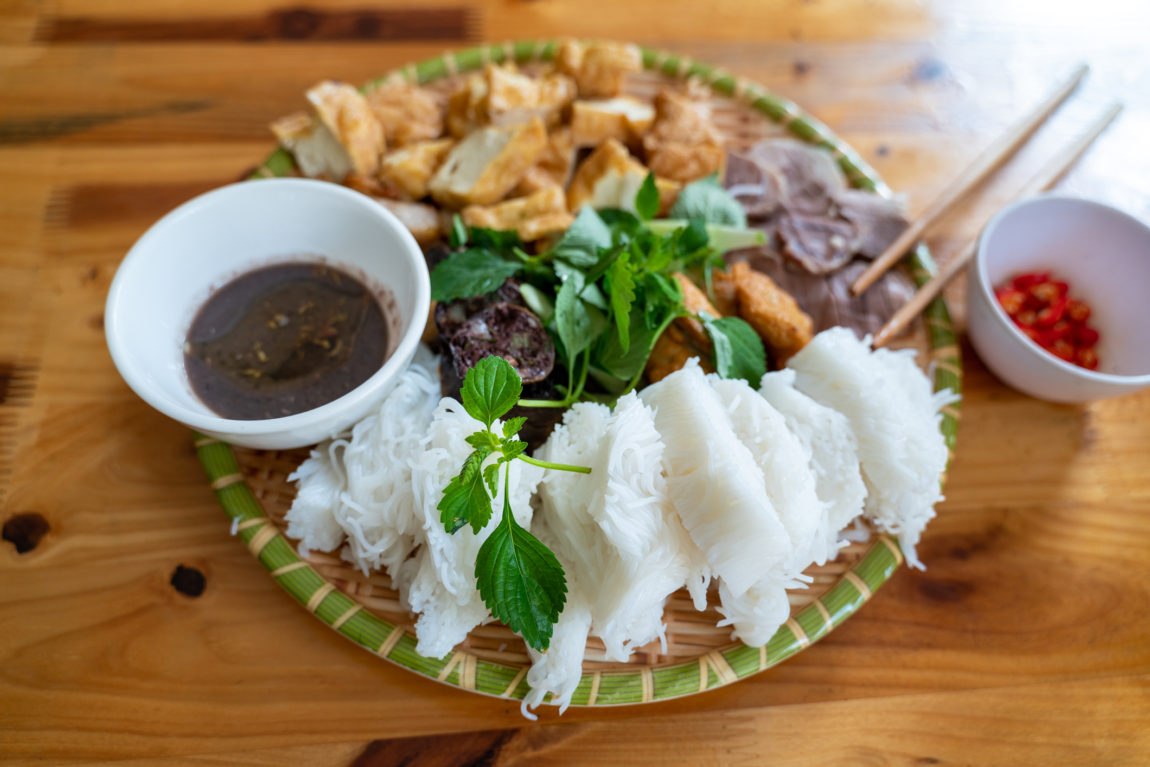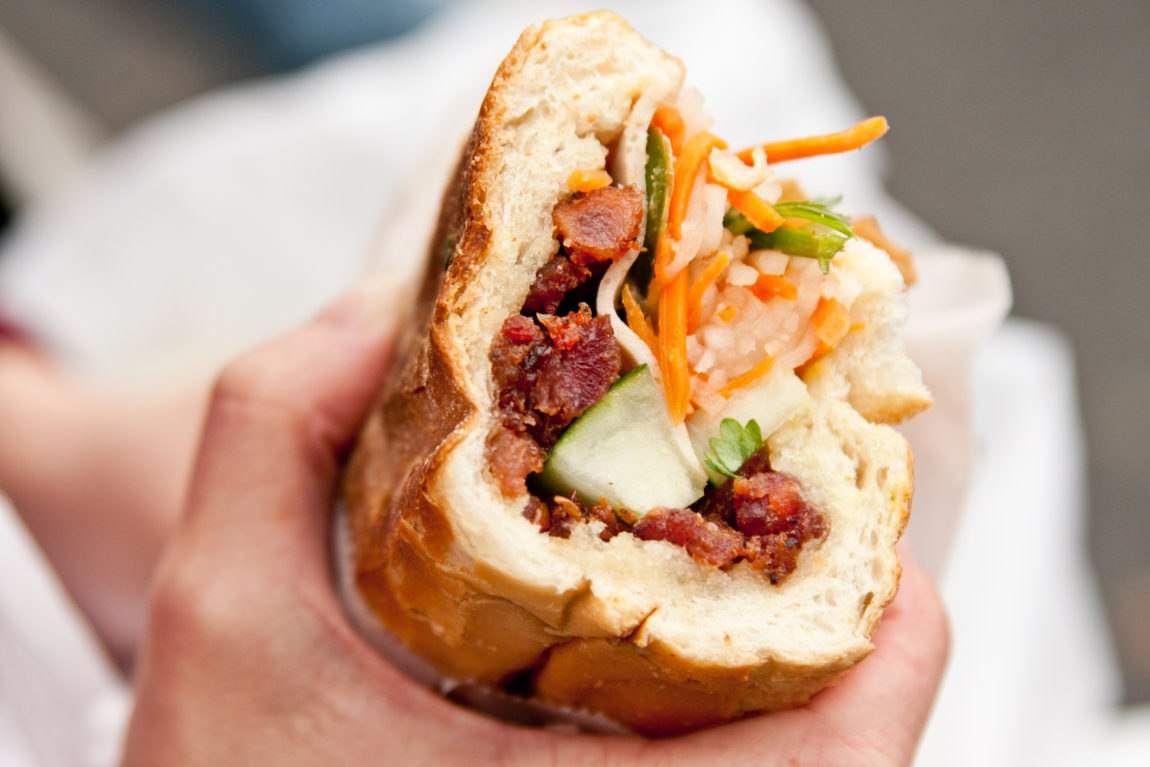Reading time: 5 minutes

What to eat and where to get it in Ho Chi Minh City.
Vietnam's cuisine is dynamic and incredibly diverse. With a long history of occupation as well as proximity to other SE Asia countries, you can see influences by the French, Chinese as well as Cambodian and Thai weaving its way throughout the cuisine.
The most commonly used ingredients that typify Vietnamese cuisine are: Rice, fish sauce, shrimp paste, soy sauce, fresh herbs and vegetables. Wherever you travel throughout Vietnam, the cuisine will still incorporate these flavours, but the type of dishes will reflect primarily the climate, history, seasons and access to produce.
To simplify things, you can segment the cuisine into three distinct regions: Southern, Central and Northern. As part of a three part series, we will start with the quintessential southern dishes that typically represent those regions. I've done the homework, resulting in an expanded waistline in order to find the best places to find these dishes.
Southern Vietnamese Cuisine
The first thing that you'll notice is the fresh textures and vibrant colours that dominate the food scene in the South. With close proximity to the Mekong Delta, there is a nearly year round abundance of fruit, herbs and vegetables. Alongside any plate or bowl or food at a restaurant or street food vendor, there will be present, a sizeable mound of coriander, basil and/or bean sprouts along with a side of fiery chillies.
Southerners aren't afraid of being a little heavy handed with the seasoning. Big and bold flavours dominate the palate range, from the use of star anise, cinnamon, annatto as well as sweet hoi sin sauce. Even the coffee gets a liberal dousing of sweetened condensed milk.
Pho Bo
Of course you've come to Vietnam for the Pho Bo (beef pho). Mention Vietnamese cuisine to anybody and nine times out of ten, people will shout with with a resounding "Pho!". The pho that is most prevalent around the world originates from the south, as most refugees that fled i the 1970's and 80's were primarily from the South. Although it's origins are from the north, the southerners have adapted it to their own tastes.
You'll notice a heavier spice content in the form of cinnamon. Another option that local restaurants and street vendors offer is whether your prefer your side of bean sprouts fresh, or wilted in the steaming broth. Unbeknownst to many people, fresh sprouts when plunged into the broth will lower the temperature, thus affecting the experience.
Where: Pho Thanh Binh
Address: 18b Nguyen Thi Minh Khai Street, District 1
 Photo credit Getty/Oscar Wong
Photo credit Getty/Oscar Wong
Bun Mam
With an abundance of seafood and a lack of refrigeration, the best method to maximising profitability is to convert it into alternative products such as "mam ca" or "mom tom" , which means fermented fish or prawn sauce. This pungent paste doesn't look appealing, nor does it have a pleasant taste on its own, but when added to a broth made from pork, significantly boosts the flavour profile. This "mam" provides the base to Bun Mam and it is a great dish if you're after something that is rarely found in Vietnamese restaurants in the West.
The main proteins in this dish are bits of crispy roast pork, prawns, fish cake, and braised eggplant. Being so close to the Mekong and ocean, the more popular and higher priced vendors will include fresh fish and squid as well.
Where: Bun Mam Dac San.
Address: 22 Phan Boi Chau, District 1
 Photo credit Getty/Vinhdav
Photo credit Getty/Vinhdav
Soft Shell Crabs and Crab Spring Rolls
Eating crabs can feel like a special treat, but given the low cost of them in Vietnam, you can't help but treat yourself many times while visiting Saigon. A little bit goes a long way with these little suckers that are rich and plentiful of flavour. My favourite way is to have soft shell crabs deep fried as well as spring rolls that are stuffed with crab meat.
As mentioned previously, the typical plate of herbs and salads accompany these dishes and you use them not as a garnish, but as a fresh blanket to wrap the crabs and spring rolls in. Prior to gobbling them down, dip them into a dipping sauce that is made of fish sauce, sugar and vinegar.
Where: Quan 94 Dac San Cua Bien.
Address: 94 Đinh Tiên Hoàng Đa Kao, District 1.
Hu Tieu Nam Vang
There are a few versions of this dish but we'll stick with Hu Tieu (pronounced: Hoo-tiew) Nam Vang which means hu tieu from Phnom Penh. That's right, the origins of this dish are from Cambodia. To the initiated, this may resemble a bowl of pho, but to the aficionados, there are two clear distinctions between hu tieu and Pho. Firstly, the noodles may look the same as Pho noodles, but they are in fact made from tapioca, giving it a slightly firm and chewier bite, Secondly, the broth is lighter in flavour as it's made just from pork bones with no fish sauce included. From there on there, many other variations exist, but the common ingredients present are: thinly sliced pork, prawns, a quail egg and a slice of liver.
There are two ways of eating this dish: Dry with the soup in a separate bowl, or with the soup included. There's no right or wrong way, only how you prefer it. I prefer the soup on the side because it feels like a two course meal.
What I like the most about this dish is the use of the chrysanthemum greens and Chinese celery which resembles Italian parsley but has the taste of celery, giving the dish a nice fresh vegetable crunch and flavour. If you're in the mood for something light, then this is the dish for you.
Where: A street side vendor if you are game.
Address: Cao Thang Street, just past Nguyen Dinh Chieu, District 1. Open between 11-1pm.
Banh Mi
The humble banh mi (Sandwich) is available everywhere throughout Vietnam - you don't have to go any further than two blocks without finding one. As a byproduct of French occupation, the baguette sandwich has been cleverly adapted by the Vietnamese to create a Vietnamese/French hybrid sandwich.
I don't need to explain the anatomy of a banh mi; chances are that you've already gobbled one down in the past. However, the banh mi in Saigon is significantly better than that of the north, and anywhere else in the world in fact. It all goes down to the quality of bread as it is crispier, fluffier and lighter than can be obtained anywhere else.
There are many theories as to why this is so. Some say that rice flour is used along with normal wheat, adding additional crispiness. Others speculate that it could be the southern climate that has an effect. All I know is that most of the reputable banh mi providers have their bread delivered fresh, twice a day and it's damn good. As with everything in the south, a tonne of pickled vegetables and fresh herbs are included along with the slices of pork. My favourite banh mi are made with grilled pork patties, straight off the grill.
Where: Banh Mi Thit Nuong - a small portable vendor.
Address: 37 Nguyen Trai, District 1. You will spot the old lady grilling delicious little pork patties that go into the bread rolls. They are only open from 4:30pm for a few hours.
 Photo credit Getty/Christelle Vaillant Photography
Photo credit Getty/Christelle Vaillant Photography